Airspace Classes: An Airspace Guide for New Pilots
Thrust Flight
OCTOBER 15, 2024
In this article, you’ll learn the basics of airspace classes. This airspace study guide will help you prepare for your written test. An airspace is a region of air that is available for flying aircraft.

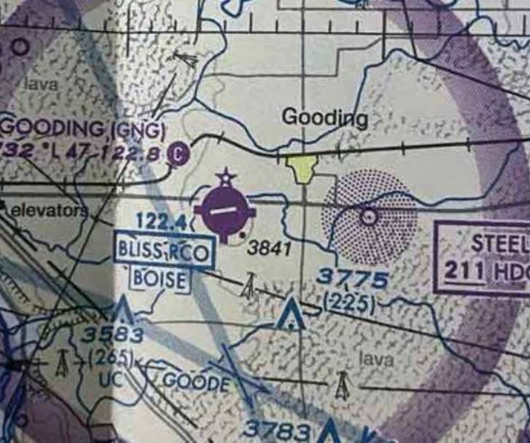

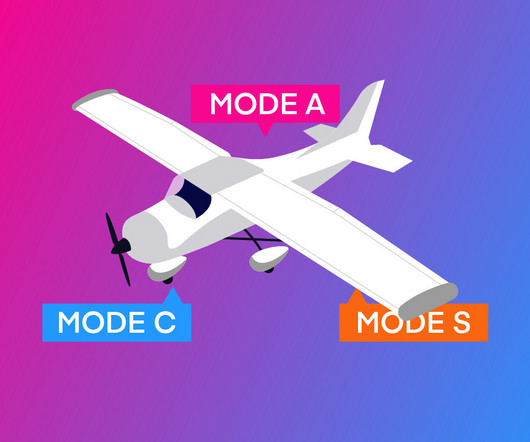


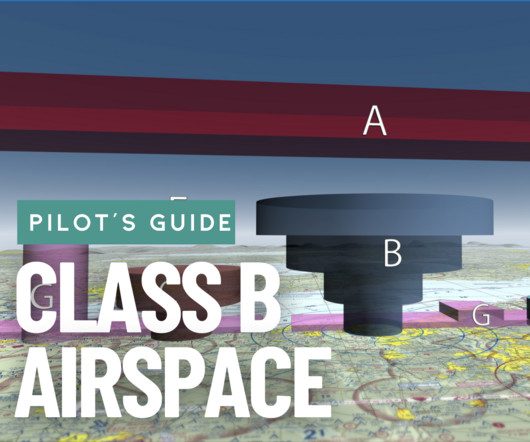
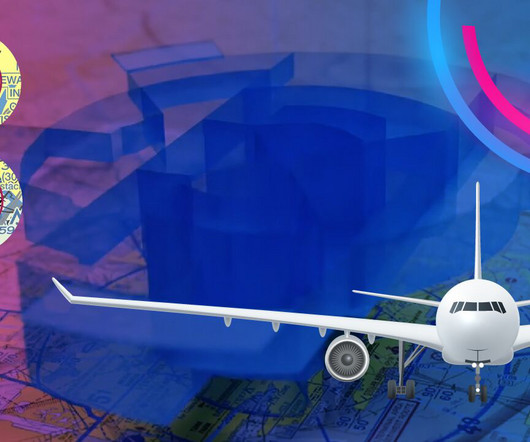
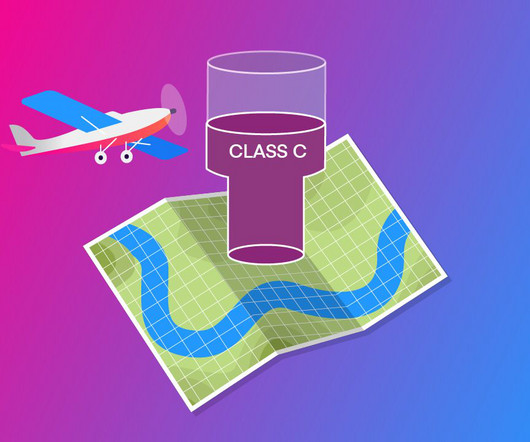





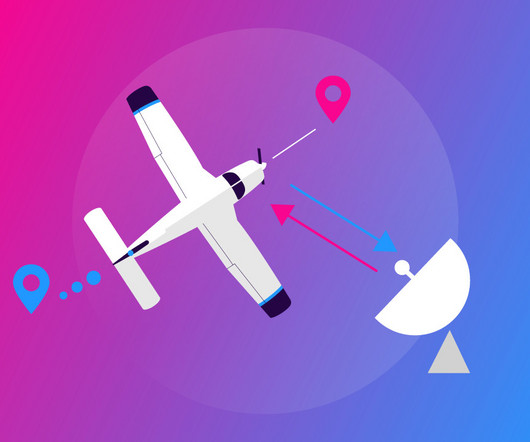
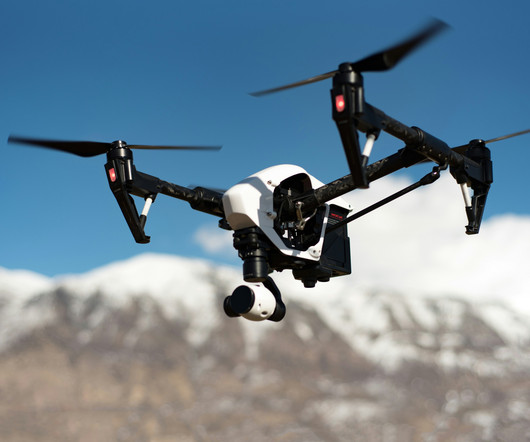
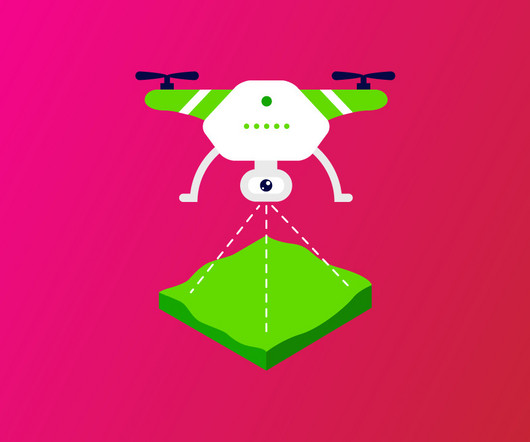






Let's personalize your content